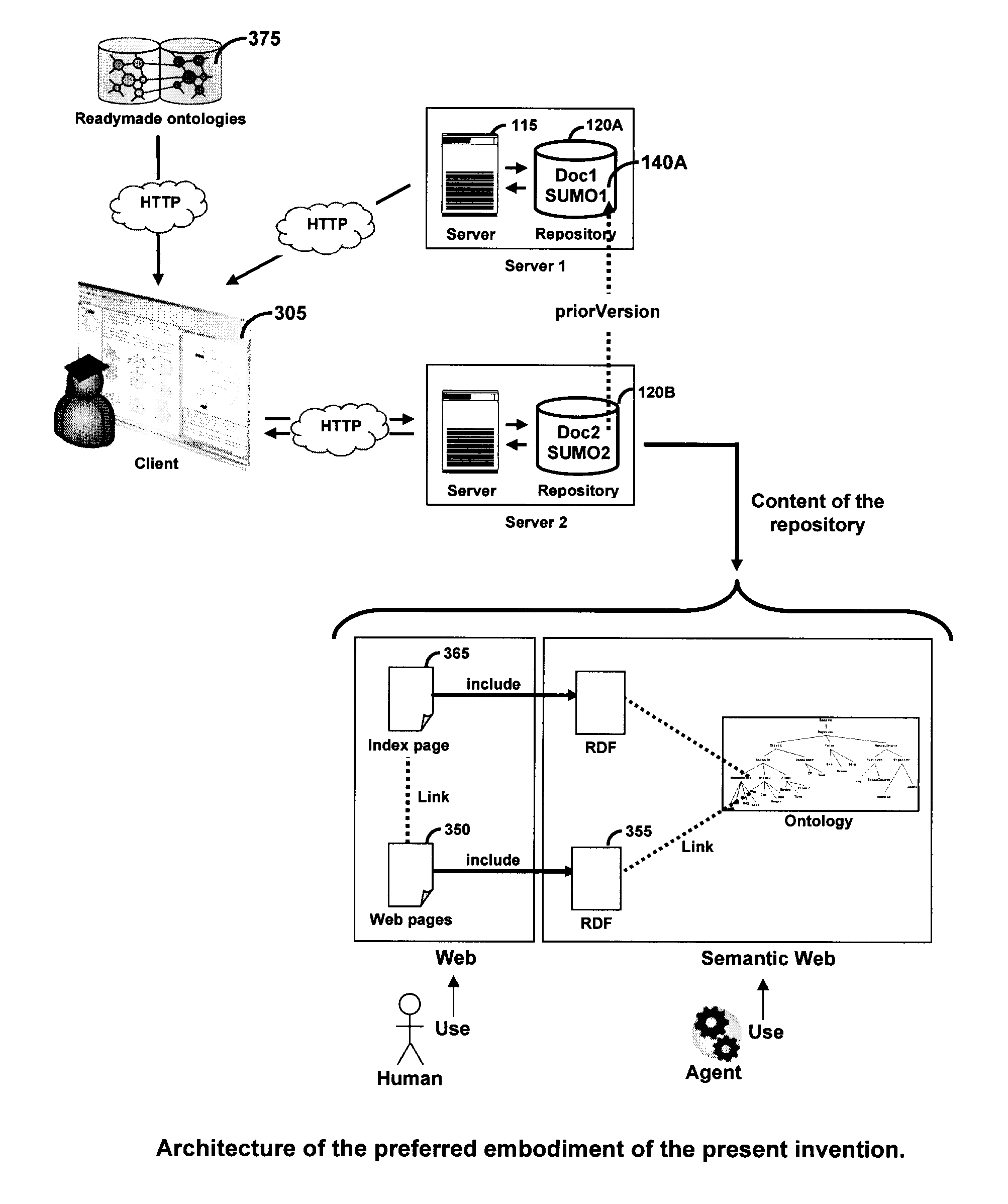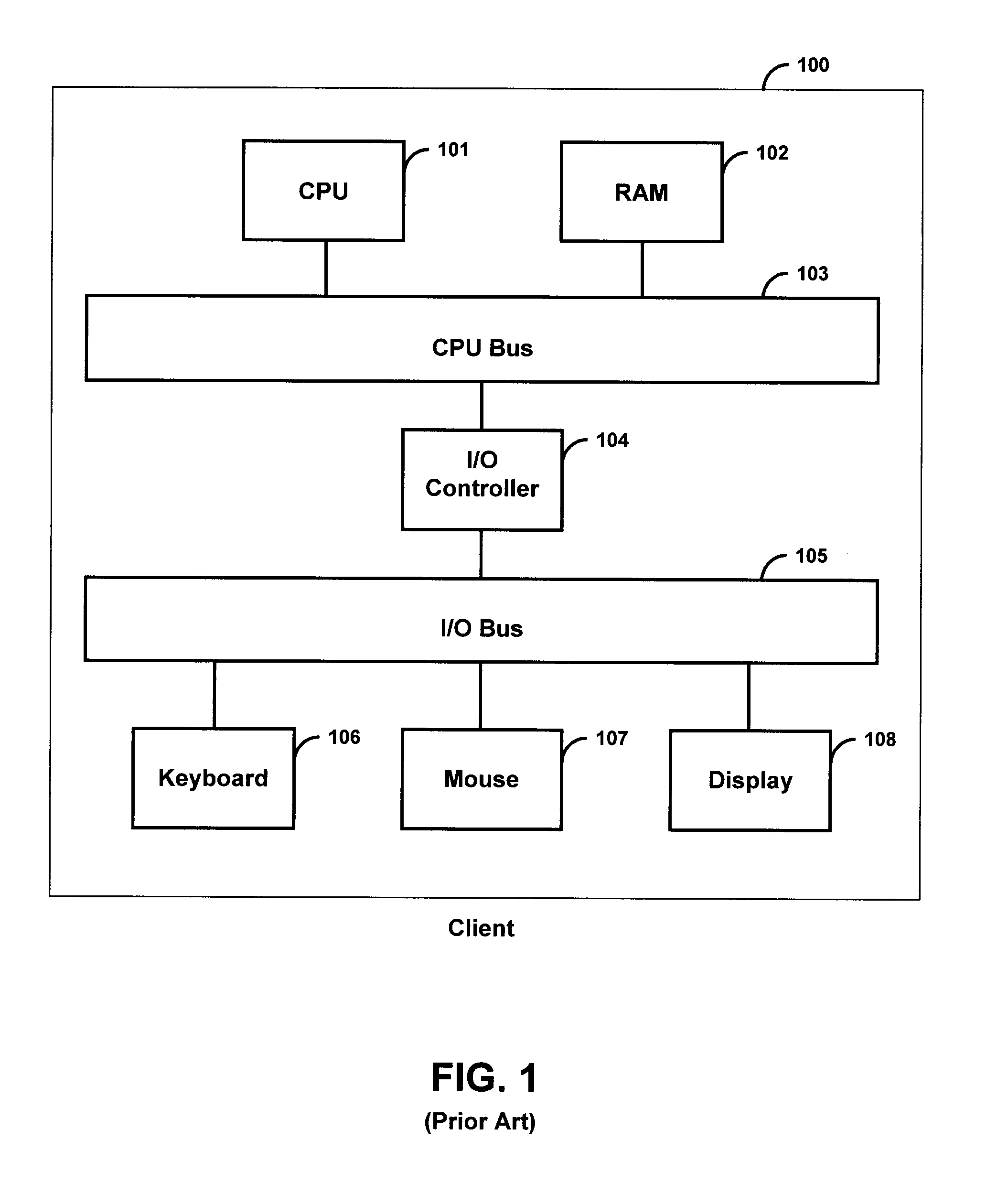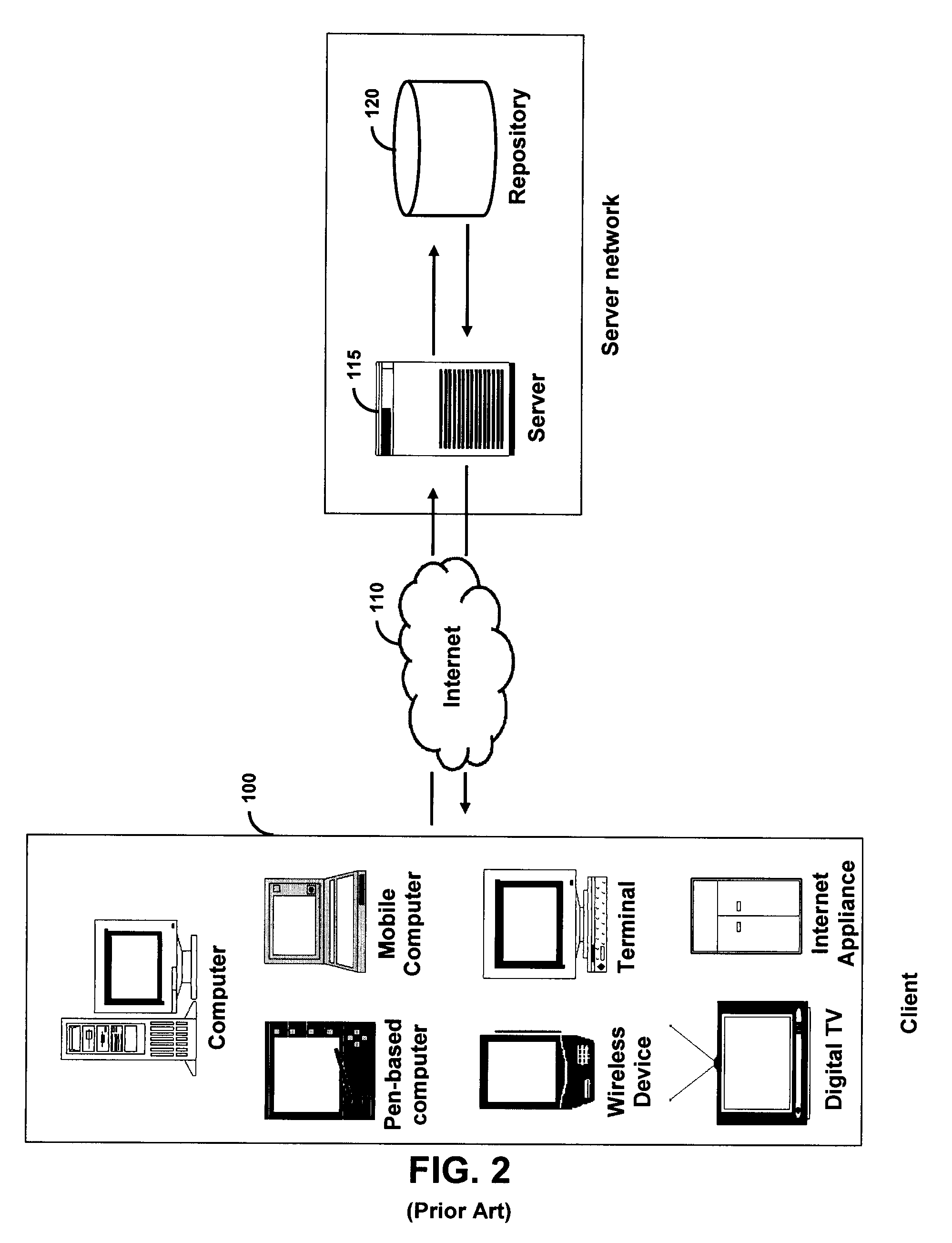Directory services, such as those offered by Yahoo!, offer a limited form of
semantics by organizing content by category or subjects, but the use of context and domain
semantics is minimal.
When
semantics is applied, critical work is done by humans (also termed editors or cataloguers), and very limited, if any, domain specific information is captured.
Unfortunately, most search engines produce up to hundreds of thousands of results because the search context is not specified and ambiguities are hard to resolve.
However, the results still may bear little resemblance to what the user is looking for.
It may also be limited to one purpose, such as
product price comparison.
This is an extremely human-intensive process.
Considering the size and growth rate of the
World Wide Web, it seems almost impossible to index a “reasonable” percentage of the available information by hand.
While web crawlers can reach and scan documents in the farthest locations, the classification of structurally very different documents has been the main obstacle of building a metabase that allows the desired comprehensive attribute search against heterogeneous data.
Current manual or automated content acquisition may use metatags that are part of an
HTML page, but these are proprietary and have no contextual meaning for general search applications.
Large scale scaling and associated
automation has, however, not been achieved yet.
One key issue in supporting semantics is that of understanding the context of use.
However,
RDF does not contain any ontological model.
The use of
RDF and OWL together is problematic because there is no widespread adoption of these standards for page and site creators.
The challenge has been to include semantic descriptions while creating content as required by current proposals for the Semantic Web.
None of these techniques is however totally efficient as they all suffer from many different problems: versioning (identification, tracebility, translation), practical problems (finding alignments, diagnosis,
repeatability), mismatches between ontologies due to different language level (
syntax,
logical representation, semantics of primitives, language
expressivity) or different ontology level.
This problem of ontology level can by itself be related to problems in the conceptualization (coverage, concept scope) or the explication (terminology, modeling style, encoding) [Klein, 2001].
This problem of ontology level is extremely difficult to overcome.
The different levels of description associated with each category make ontology alignment even more difficult.
No
software can produce a perfect alignment between different ontologies in an automatic manner.
This solution is, however, extremely difficult to implement partly because of the sheer size of the ontologies and the inherent complexity of this task.
Moreover, no human expert will never match the 100,000 ontologies that are actually indexed by Swoogle.
The difficulty of building a common
consensus in the definition of the different ontologies (even in their most general form like the “top-level ontologies”) is also very real.
The same kind of problem can occur in many different situations.
For example, if we agree to define the concept of “desert” as a place where the water is rare, then it will be extremely difficult to define the concept of “desert of
snow” which is made entirely of crystallized water.
Thus, a
consensus in the definition of the ontologies is not always possible.
It is actually extremely difficult to define some universal ontologies that could act as authoritative references for the Semantic Web.
 Login to View More
Login to View More  Login to View More
Login to View More 


